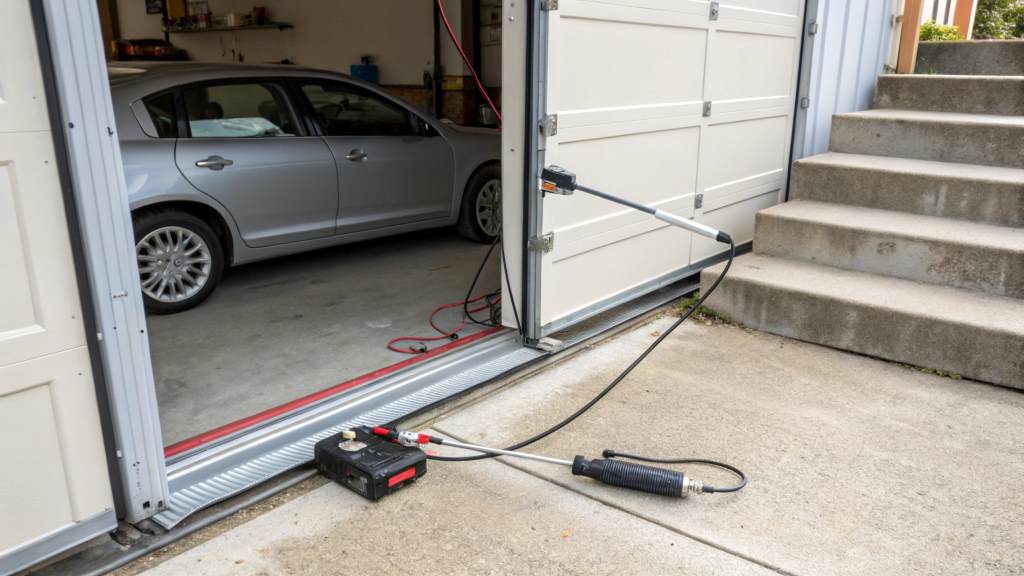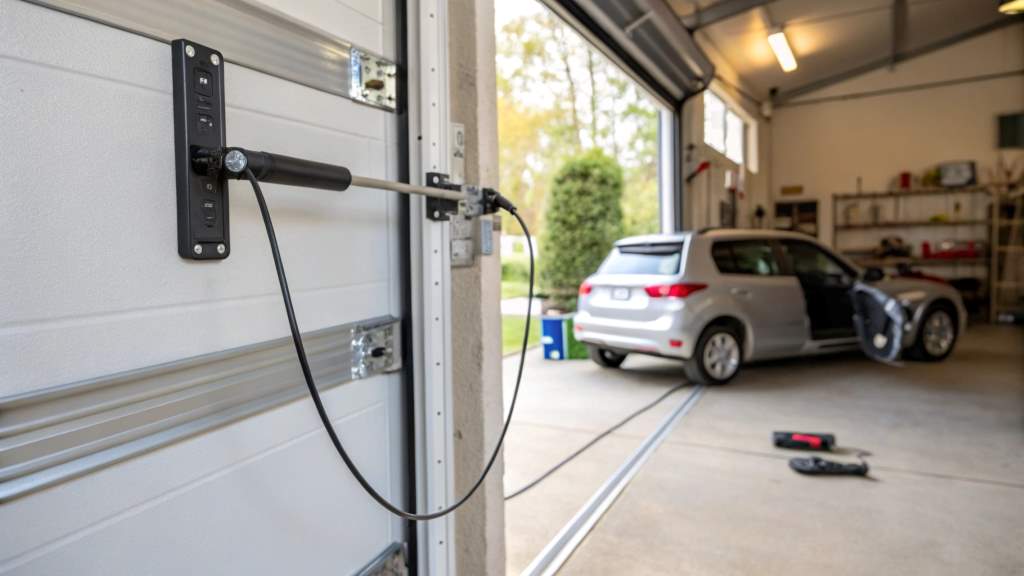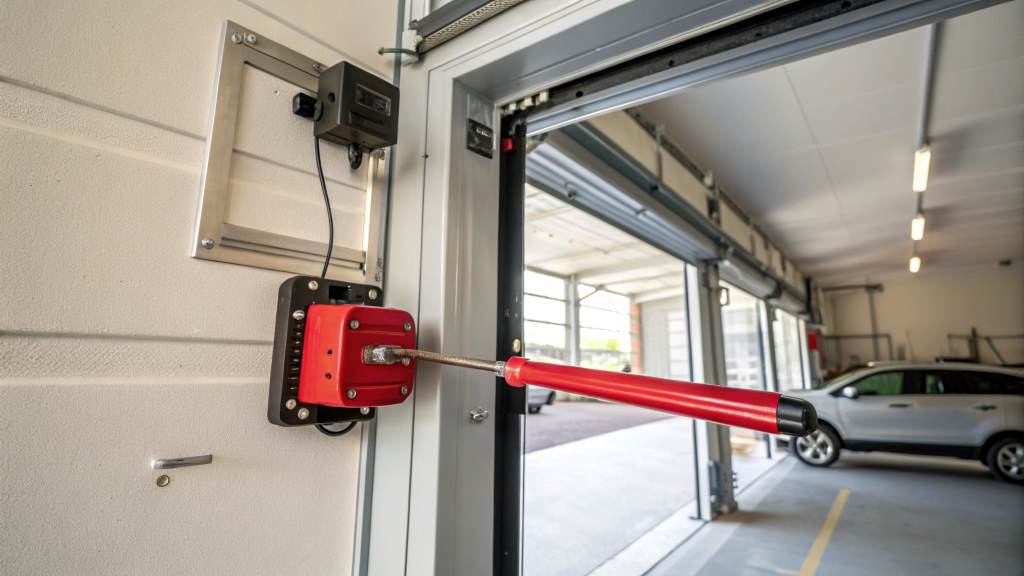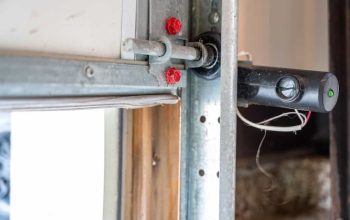Garage doors are an essential convenience, providing security and shelter for our vehicles and belongings. However, when the power goes out, or the motorized opener fails, gaining access to your garage can become a daunting task. This is where the garage door emergency release mechanism proves its worth. This article delves into the intricacies of how it works, offering actionable insights, expert advice, and safety measures to ensure you can handle emergencies like a pro.
What is a Garage Door Emergency Release Mechanism?
At its core, a garage door emergency release mechanism is a manual override feature integrated into most modern garage doors. This system allows homeowners to disengage the automatic opener and operate the door manually. Its purpose is straightforward yet critical: to ensure you retain access to your garage even during power outages or mechanical malfunctions.
Key Features of the Mechanism
- Manual Override: Allows you to bypass the motorized opener.
- Highly Visible Design: The red cord is easily noticeable to ensure quick identification in emergencies.
- Simple Operation: Requires no tools or advanced skills to activate.
Expert Insight: According to a Home Safety Report, over 75% of homeowners with motorized garage doors have experienced situations where the emergency release mechanism was needed. Despite its importance, many remain unaware of its existence.
How Does the Emergency Release Work?
The mechanism’s operation is simple yet effective, designed to offer manual control when automatic systems fail. Here’s how it functions in more detail:
Step-by-Step Breakdown
- Identify the Release Cord: Look for a red handle or cord hanging from the garage door’s trolley. It’s positioned along the track near the opener motor for easy access.
- Pull the Release Cord Firmly: Pulling this cord disconnects the trolley (which connects the door to the opener) from the track system. This disengagement allows the door to move freely.
- Manually Lift or Lower the Door: With the opener disengaged, you can manually operate the door by hand.
Pro Tip: Before pulling the cord, ensure the garage door is closed to avoid potential hazards, such as the door suddenly falling due to tension imbalances.
When Should You Use the Emergency Release?
The emergency release is designed for specific situations that require manual intervention.
Power Outages
During power failures, the motorized opener will not function, leaving the emergency release as your only option to access or secure your garage.
Mechanical Failures
If the motor, sensors, or other components of the opener system malfunction, the emergency release allows you to bypass these issues temporarily.
Emergencies
In urgent scenarios like fires or severe weather, the emergency release can provide quick access or an escape route.
Safety Note: Always evaluate the door’s condition before using the emergency release. A damaged door can pose significant risks during manual operation.
Components of the Emergency Release System
Understanding the parts involved can enhance your ability to use the system effectively and safely.
Trolley Arm
This connects the garage door to the motorized opener’s trolley system. Disengaging the trolley arm is the primary function of the release mechanism.
Release Cord
The brightly colored cord is the interface for activating the mechanism. It’s durable and designed to withstand regular use.
Spring System
Springs counterbalance the door’s weight, making manual lifting manageable even when the opener is disengaged.
Interesting Fact: On average, a standard garage door weighs between 130 to 400 pounds. Without functional springs, manually operating such a door would be nearly impossible.
Common Mistakes and How to Avoid Them
While the emergency release is simple to use, certain errors can lead to accidents or damage.
Releasing with the Door Open
Disengaging the system while the door is open can cause it to crash down unexpectedly, leading to potential injury or damage. Always close the door before pulling the cord.
Forgetting to Re-Engage
Leaving the door disengaged after use compromises security and makes it vulnerable to unauthorized access. Always reattach the trolley arm to the motor system after resolving the issue.
Ignoring Maintenance
A poorly maintained system may not function as intended, potentially failing in critical moments. Regular inspections and maintenance are crucial.
Pro Tip: Schedule professional garage door inspections at least once a year to ensure all components, including the emergency release, are in good working order.
Maintenance Tips for Long-Term Reliability
Maintaining your garage door and its emergency release system is key to ensuring its reliability during emergencies.
Inspect the Release Cord
Over time, the cord may fray or weaken. Check it regularly and replace it at the first sign of wear.
Lubricate Moving Parts
Apply a silicone-based lubricant to the tracks, rollers, and springs to ensure smooth manual operation.
Test the Mechanism Periodically
Perform routine tests by pulling the cord and operating the door manually. This practice ensures the system remains functional and familiarizes you with its operation.
Did You Know? A well-maintained garage door system can last 15 to 30 years, depending on usage and care.
Advanced Features in Modern Garage Doors
Technology advancements have made garage doors smarter and safer.
Smart Systems
Many modern doors feature Wi-Fi connectivity, allowing homeowners to control them remotely via smartphone apps.
Battery Backup Systems
Integrated battery backups ensure the opener functions even during power outages, reducing reliance on the manual release.
Enhanced Safety Sensors
Advanced sensors detect obstructions and prevent the door from closing, adding an extra layer of safety.
While these features enhance convenience, they do not replace the need for understanding the manual emergency release system.
FAQs
How does the emergency release cord work?
The cord disconnects the opener’s trolley system, allowing the door to be operated manually.
Is the emergency release safe to use for all garage doors?
Yes, but it’s essential to ensure the door is in good condition and free from damage before using the release.
Can I replace a broken emergency release cord myself?
It’s best to hire a professional technician to ensure proper installation and safety.
What happens if the garage door won’t re-engage after using the release?
This may indicate an issue with the trolley or opener mechanism. Consult a professional for repairs.
Should I test the emergency release regularly?
Yes, periodic testing ensures the system remains functional and familiarizes you with its operation in case of an emergency.
Conclusion
A garage door emergency release mechanism is more than a convenience—it’s a critical safety feature that ensures manual control in emergencies. By understanding how it works, maintaining its components, and avoiding common mistakes, you can maximize its utility and reliability.
Equipped with this knowledge, you’re better prepared to handle power outages, mechanical failures, and urgent situations confidently and safely. Regular maintenance and awareness ensure your garage door system continues to serve you effectively for years to come.









